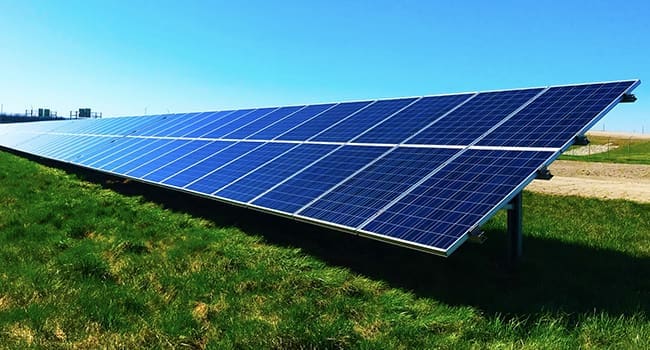 Peak oil demand is approaching fast – and earlier than anticipated.
Peak oil demand is approaching fast – and earlier than anticipated.
It’s not that oil won’t be required in the years and decades to come. It will still be in demand. But the world won’t be critically, crucially and strategically dependent on oil, as it is today.
This year may be the turning point for the energy world, Fatih Birol, the executive director of the International Energy Agency, said recently in a video presentation to the ONS Digital Conference.
Costs are declining for alternative energy such as solar and there’s a “growing determination” by governments to curb carbon emissions, he asserted.
As opposed to 1974, when the Strait of Hormuz was the hot energy security topic, today the focus is on electricity security, he said.
Addressing the same conference, Total SA CEO Patrick Pouyanne said global oil production is set to peak by 2030 or 2040, with more energy coming from solar, wind and carbon capture.
By 2050, “we think that we will have something like 40 million barrels of oil per day, but it’s not zero,” Pouyanne clarified. “It is much less than (the roughly) 100 million per day, which is the actual consumption (today).”
Industry consultancy Rystad Energy expects the COVID-19 pandemic will accelerate peak oil demand by three years. Peak oil can happen as soon as 2027 or 2028, it pointed out.
Rystad underlined that the COVID-19 downturn will expedite peak oil demand, putting a lid on exploration efforts in remote offshore areas. That will reduce the world’s recoverable oil by around 282 billion barrels, equivalent to the entire oil reserves of Saudi Arabia.
The notion of recoverable reserves offered by Rystad Energy is primarily economical and not based on geological considerations.
“Non-OPEC countries would account for the lion’s share of ‘lost’ recoverable resources, with more than 260 billion barrels of undiscovered oil now more likely to be left untouched,” says Rystad Energy’s head of analysis, Per Magnus Nysveen.
It’s interesting to see how fast the public debate has moved in just a few decades, from “peak oil supply” to “peak oil demand,” notes economist Alexandre Kateb, while commenting on the report.
The shale oil revolution that started in 2008 in North America, against a background of exceptionally high oil prices, was a game-changer. It led to a structural oversupply in the market, which had to be managed through increased restraint from the Organization of Petroleum Exporting Countries (OPEC) and its allies.
The global energy landscape is changing fast. Over a fifth of Europe’s energy was generated by solar panels and wind turbines in the first half of 2020, reported Rosie Frost writing for euronews.com.
In a mid-year review released in July by the think-tank Ember, all renewables – including wind, solar, hydroelectricity and bioenergy – were found to have exceeded fossil fuel generation for the first time ever. They produced 40 per cent of the European Union’s power from January to June, with fossil fuels contributing 34 per cent.
“Countries across the world are now on the same path – building wind turbines and solar panels to replace electricity from coal- and gas-fired power plants,” Dave Jones, senior electricity analyst for Ember, told Frost.
A new energy order is in the making.
Toronto-based Rashid Husain Syed is a respected energy and political analyst. The Middle East is his area of focus. As well as writing for major local and global newspapers, Rashid is also a regular speaker at major international conferences. He has been asked to provide his perspective on global energy issues by both the Department of Energy in Washington and the International Energy Agency in Paris.
The views, opinions and positions expressed by columnists and contributors are the author’s alone. They do not inherently or expressly reflect the views, opinions and/or positions of our publication.

